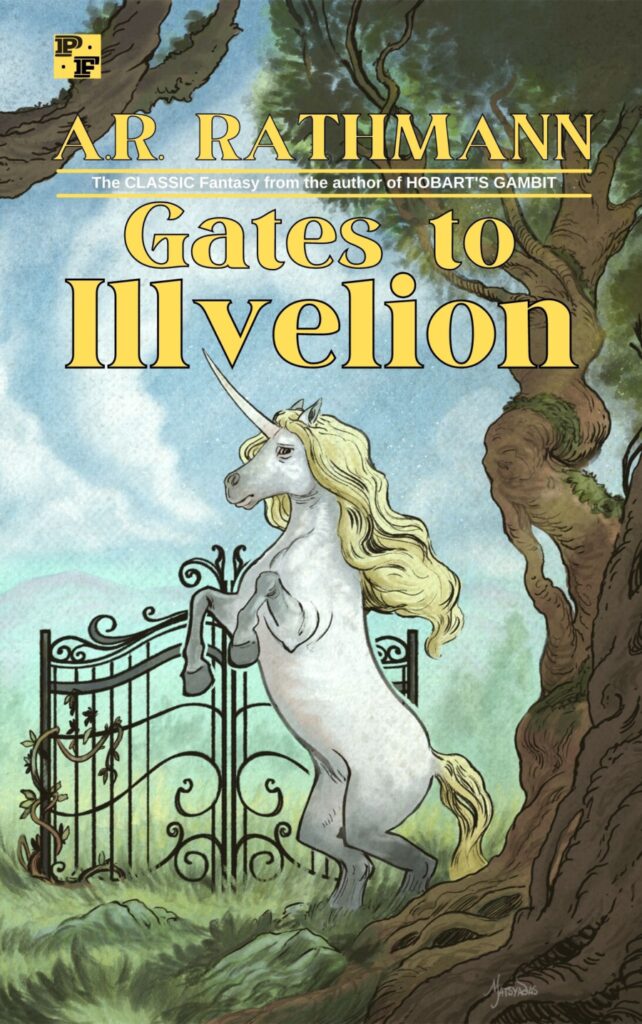Avalon Summer is somewhat based on my real childhood, especially in the details of the setting, which is basically my grandparents’ home in Michigan.
And yes, the main character, Sarah, is similar to ten-year-old me.
And yes, there are other characters who have some basis in real people from my childhood.
But no, it’s not an “autobiographical” novel. I made up a lot of stuff. It’s fiction. It borrows from my real life, but it’s not real.
Every story I write borrows from my real life. That’s how writing works, at least for me. Fiction is a stew made from real life experiences, art/literature/music, and imagination. We mix all the things we’ve ever read, seen, and heard with all the things we’ve ever lived through, and we add our own imagination and dreams to the pot, and that’s what we draw from, that’s the elixir we drink when we conjure up these tales.
The mom in Avalon Summer is an actress who is getting divorced from Sarah and Jay’s dad. My mom and dad are so far from this picture as to be ludicrous. The parents in Avalon Summer are total fictions.
But I wanted some conflict between Sarah and her mom, and I wanted a reason for Sarah and Jay to be staying at their grandparents’ in a different state (mom’s shooting a film, so they’ve been shipped off to Michigan), and I wanted to explore the inter-generational conflict between the grandmother and the mom, since the grandmother is super-practical and the mom is a flighty dreamer, and Sarah takes after her mom in some ways, so I decided to create a character who is an independent actress with a penchant for self-absorption.
My real mother is NOTHING like this.
It’s fiction. Make-believe.
And yet–
I do draw from my real life. There are aspects of Jay (the brother in the novel) that are like my real brother. The grandparents are like my real grandparents (and also different). I’ve written stories in which there are husbands and sons and daughters and parents and friends, and these characters do, in fact, share similarities to my own family and friends. How could they not?
When inventing worlds and plots and characters, a writer must draw from somewhere. She must pull from her real, lived experiences in order to make the stories feel real.
And yet, when I’m inventing these characters, when I’m drawing from my own life to give these character depth and authenticity, I’m not thinking about how one day, the people in my life will read these stories and wonder, perhaps, if I am writing about them.
I’m not, of course. I’m writing fiction.
But then again, I am. I’m stealing from my own life. It’s all I know, this life of mine. How could I not use it as fodder for my stories?
I get nervous, when I think about my brother or my husband or my children reading my stories. Not because I’m spilling secrets or whatever, but because they might wonder, “Is that me? Am I like that? Is that what she really thinks?”
It’s not, and no, it isn’t. I’m not writing autobiography.
But I can’t deny that the people in my life are in my stories in small ways. In little details. In mannerisms and aspects of personality. As inspiration and jumping off points.
I don’t want my fiction to fray any relationships, but I also feel compelled to be honest. To write the world as I see it. I have to draw from somewhere, and so I draw from my experiences, from my life.
And the person who is most often in my stories, the person I draw the most from, is, of course, me.
If the mother in Avalon Summer is anyone, she is the part of me that worries that I’m not a very attentive mom. That I’m wrapped up in my own career and not focused enough on my children. That I’m dreamy and flighty and forgetful.
I steal from my own life, from the people in it, but most of all, I steal from myself. The experiences, the relationships, the memories, they are all filtered through me, the writer. If anything is revealed in my fiction, it’s my own heart. My own fears. My own flaws.



